
By Detlev Fetchenhauer,Andreas Flache,Abraham Buunk,Sigwaart Lindenberg

By Detlev Fetchenhauer,Andreas Flache,Abraham Buunk,Sigwaart Lindenberg
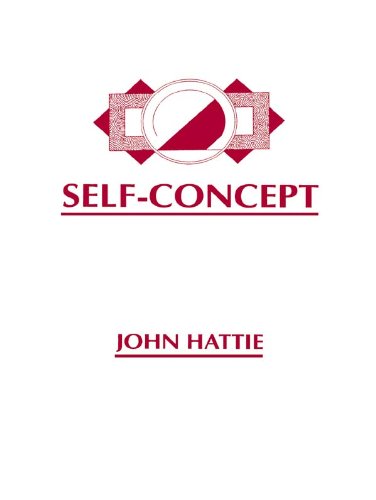
By John Hattie
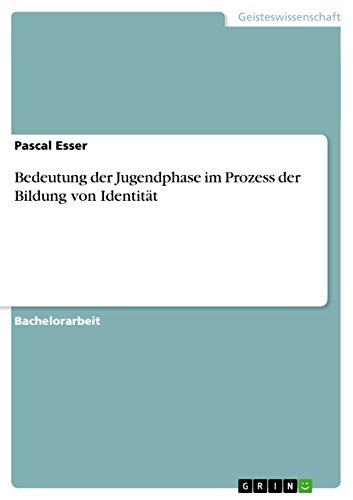
By Pascal Esser

By Nina Schießl
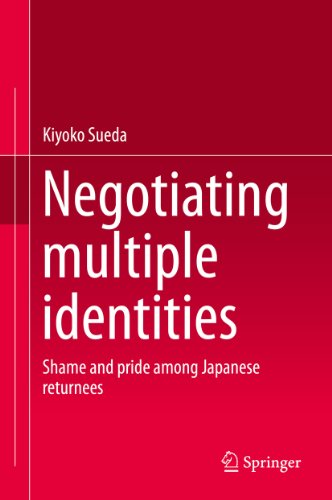
By Kiyoko Sueda
This e-book makes use of a post-modern method of discover how jap returnee scholars (kikokushijo) and previous returnees who paintings in eastern undefined, negotiate a number of identities. Methodological triangulation is used to check internal conception of face, emotional nation and the dynamics of negotiating multiple-layering of identities. The paintings considers the connection among face and identities, and the functionality of the affective elements of face, disgrace and delight in id negotiation.
Readers will detect how jap returnees care for disgrace and delight in face-threatening or face-promoting occasions that impact their identification negotiation. Many such returnees stayed overseas as a result of their mom and dad’ jobs and the writer explores diversifications between them, by way of how they determine with their id as a returnee. we find how there are a number of degrees of identities rather than ‘identity’ as a singular.
Two stages of analysis, conducted throughout ten years and regarding a few individuals in either levels, are explored during this paintings. even if the individuals within the examine are eastern returnees, the findings drawn from the learn have implications for others who spend an in depth time period out of the country, who migrate from one position to a different or who've a number of cultural backgrounds.
The e-book comprises rules from Western and jap literature on intercultural conversation, sociology and social psychology and it blends either micro and macro analysis.
This ebook is suggested for students, educators, scholars and practitioners who search to appreciate higher how humans negotiate their a number of identities during this globalising world.
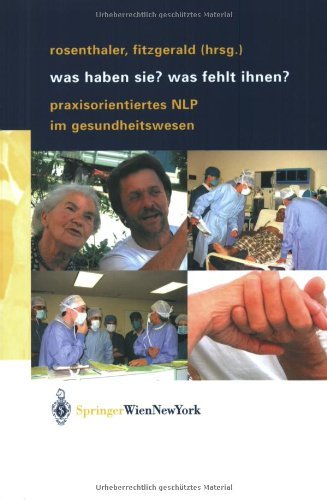
By Beatrix Rosenthaler,Annelies Fitzgerald
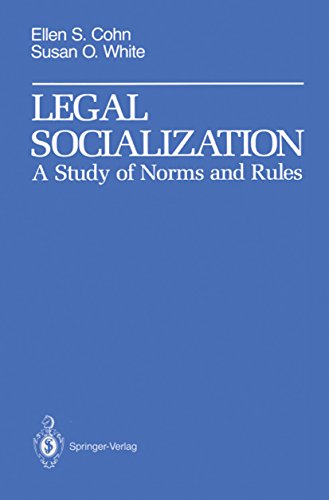
By Ellen S. Cohn,Susan O. White
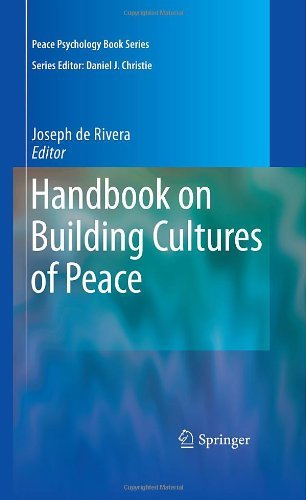
By Joseph de Rivera
Mediation and negotiation, own transformation, non-violent fight in the neighborhood and the area: those behaviors – and their underlying values – underpin the United countries’ definition of a tradition of peace, and are the most important to the construction of this kind of tradition. The instruction manual on development Cultures of Peace addresses this advanced and daunting activity by means of providing an available blueprint for this improvement. Its views are overseas and interdisciplinary, concerning the constructing in addition to the built global, with illustrations of states and electorate utilizing peace-based values to create growth at the person, neighborhood, nationwide, and international degrees. the result's either real looking and visionary, a prescription for a safe future.
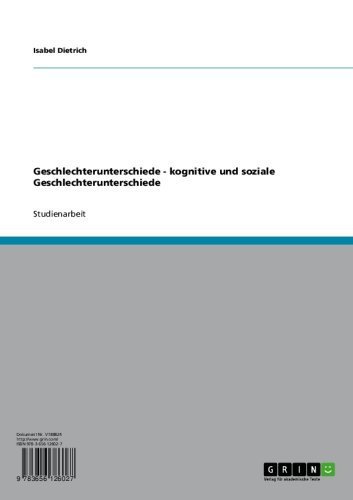
By Isabel Dietrich
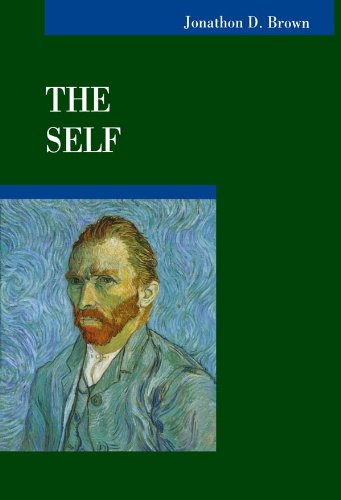
By Jonathon Brown